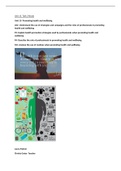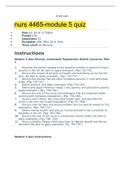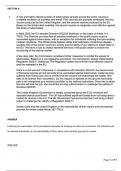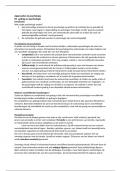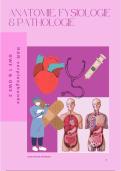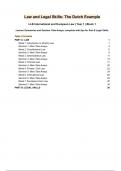Essay
Task 2- Unit 15
- Institution
- OCR
P3- Explain how health promotion strategies are used by professionals when promoting health and wellbeing. P4- Describe the role of professionals in promoting health and wellbeing M2- Analyse the use of routines when promoting health and wellbeing
[Show more]
